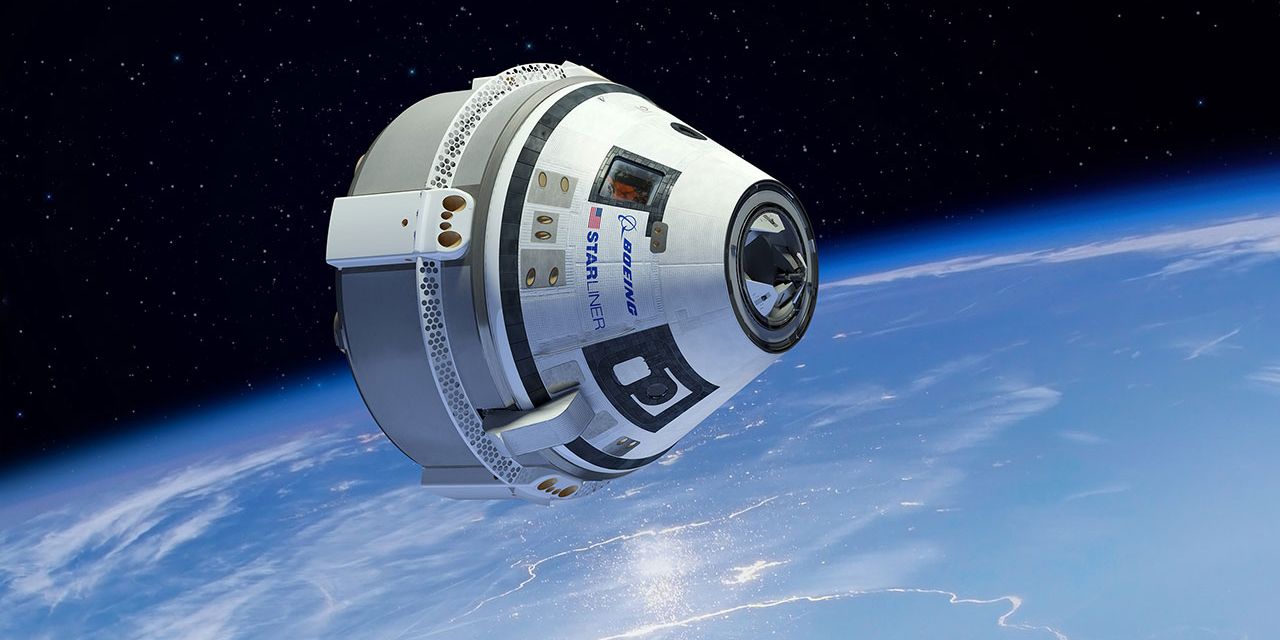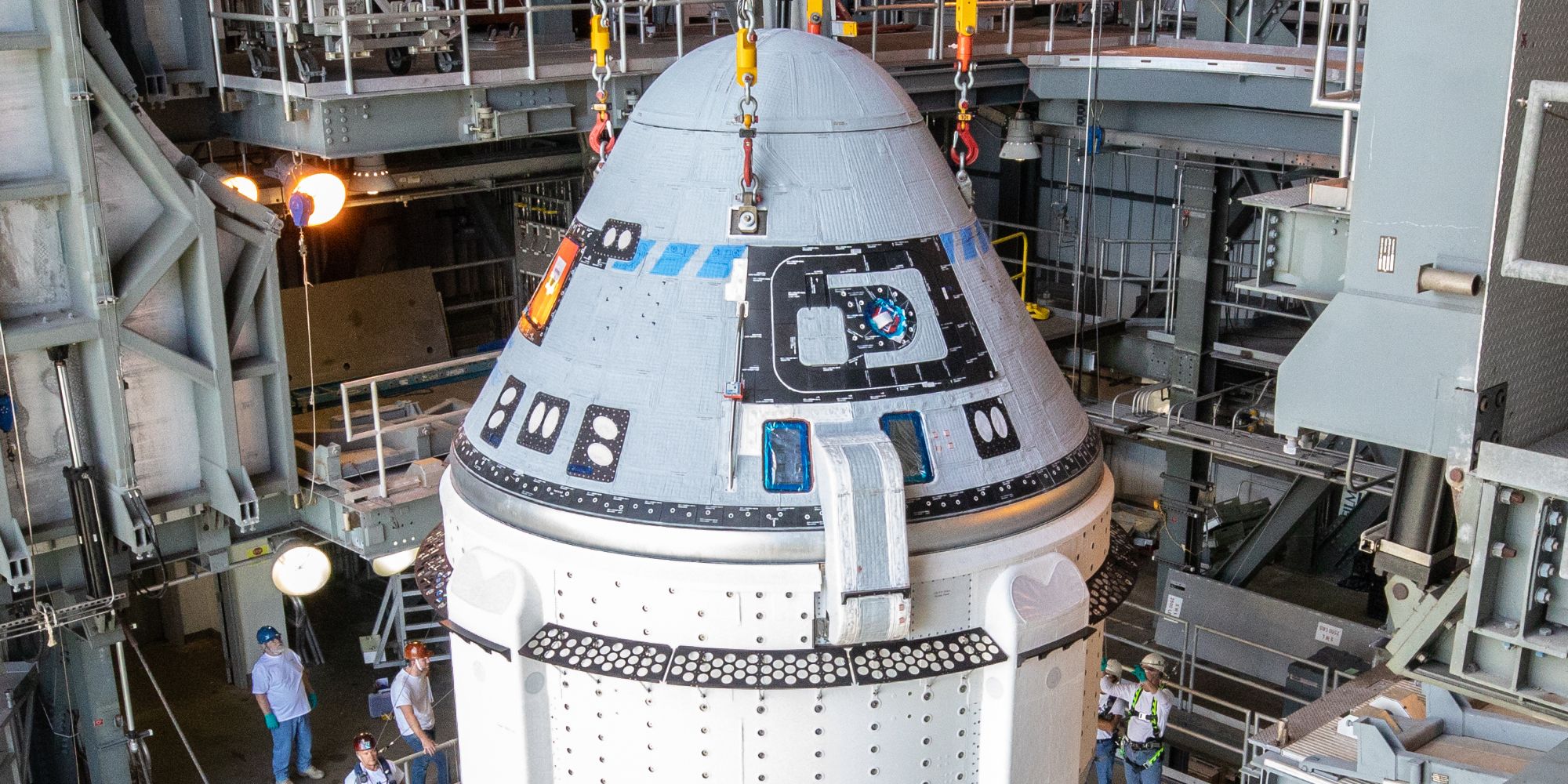Over a week after missing its August 4 launch, Boeing's Starliner space capsule is now being removed from its launch facility and taken back to the factory for more in-depth repairs. Starliner (also known as CST-100) could one day be a huge asset for NASA's spacecraft portfolio. The reusable capsule can be used up to 10 times to transport crew/cargo from Earth to the ISS, making it easier than ever to transport astronauts between the two destinations. Unfortunately for Boeing and NASA, the Starliner saga has been a challenging one so far.
Starliner's first test flight was conducted in December 2019, but a technical issue meant it failed to dock with the ISS as planned. Boeing hoped to make another launch attempt in December 2020, but that was delayed to April 2021 and then late summer of 2021. The crew was set to finally launch Starliner to the ISS on August 4, but the launch was canceled right before takeoff. It was first believed that a computer glitch was causing incorrect readings for the propulsion system. However, things ended up being much worse. Boeing and NASA later confirmed that there was a hardware malfunction with that propulsion system itself.
Starliner has been sitting in its launch facility since August 4 while the Boeing crew attempts to make the necessary repairs. However, it now looks like a lot more work needs to be done before Boeing and NASA can think about rescheduling the launch. Boeing recently announced that Starliner is being removed from the Atlas V rocket it was supposed to launch on. It's being taken out of the ULA's Vertical Integration Facility and transported back to Commercial Crew and Cargo Processing Facility (C3PF) for "deeper-level troubleshooting." In other words, Starliner won't be heading to space any time soon.
What This Added Delay Means For Starliner
While at C3PF, Boeing will continue to investigate Starliner's faulty propulsion system — specifically, four valves that have been closed since the August 4 launch. Commenting on this latest update, vice president and program manager of Boeing's Commercial Crew Program, John Vollmer, said, "Mission success in human spaceflight depends on thousands of factors coming together at the right time. We’ll continue to work the issue from the Starliner factory and have decided to stand down for this launch window to make way for other national priority missions."
It remains unclear how long Starliner will remain in C3PF, but it'll likely be a while before a new launch window appears. There were 20 months between Starliner's December 2019 launch and the attempted one earlier this month — and that without a malfunctioning propulsion system. Boeing will provide updates on its website as they become available, but expect it to be a little while before Starliner is ready for action again.
Source: Boeing


